Although there are a multitude of reasons why your central locking may not be working (Microswitches, actuators, fuses, previous owners attempts) there are two major flaws in the design of the E30 central locking system that often fail and contribute to 80%+ of the central locking problems people experience.
The first is the internal fuse found inside of the central locking unit. The central locking unit is located behind/below the drivers side kickpanel speaker. To get to it you need to remove the kick panel which is held on by 1 Philips screw, and the two bolts holding down the hood release lever. Once the kick panel is removed, the speaker is held in by 3 screws.
Once removed the central locking unit is held in by a bracket which also holds the interior light relay.
Once you open the central locking unit you will find a board inside, and in the corner of that board you will find a fuse. If the metal piece right beside the fuse is de-soldered, that means the fuse has done its job and tripped. This fuse can be resoldered with your old fashioned soldering iron to re-honor the connection/fuse.
But why has it tripped/failed in the first place? Moisture; placing the central locking module behind the drivers speaker is a fundamental design flaw.
The reason it is a design flaw is because in the same area you have a fender drain exacerbated by a sunroof drain.
The drain below, allows access in and out of the compartment where the central locking unit is located:
Not only is there a drain, but there is also a plastic hose drain that runs water to the fender drain from the sunroof drain. If the hose has any splits or leaks, this rains water down on everything beside it (ie. central locking unit).
Further exacerbated by the the central locking unit having a breather hole:
So you’ve re-soldered the fuse or replaced the unit if there was excessive water damage on the board. How do you prevent it from failing in the future because of the moisture?
Dielectric grease; it is a thick grease that has no conductive properties (will not short out electronics) and it can and is intended to be applied directly to electrical pins. Take your dielectric grease and completely fill and cover the connector area of the central locking unit so it looks like the below (make sure to also cover the breather hole):
This should keep any future moisture out via a thick grease layer.
The second issue is also related to moisture by way of a redundant electrical detour/loop of a power wire through the drivers door.
Essentially there is a black/red power wire that runs from the fuse box, down into the drivers door, makes a loop around, comes back out the drivers door, then into the central locking unit which then bounces over to the interior light relay. The loop that it does through the door is completely unnecessary. If either of the two red/black connectors in the door fail because of moisture or a fudged barrel pin, that means your central locking will not work.
This fix is worth doing even if you have a working central locking system as preventative maintenance.
The below illustration explains the modification very well. You cut the red/black wire before it goes into the door plug, and the red/black wire coming out of the door plug. You then join the red/black wires coming from the body to the central locking unit directly.


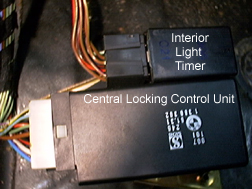

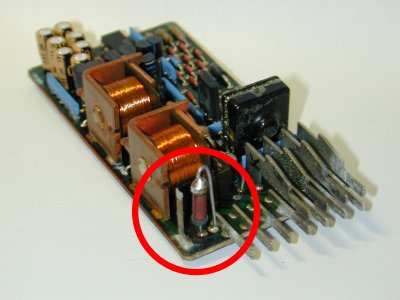
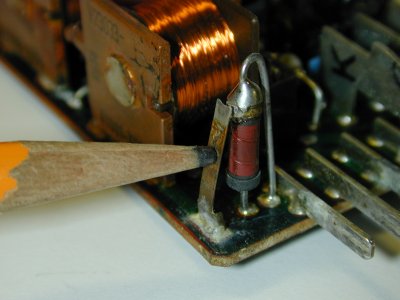



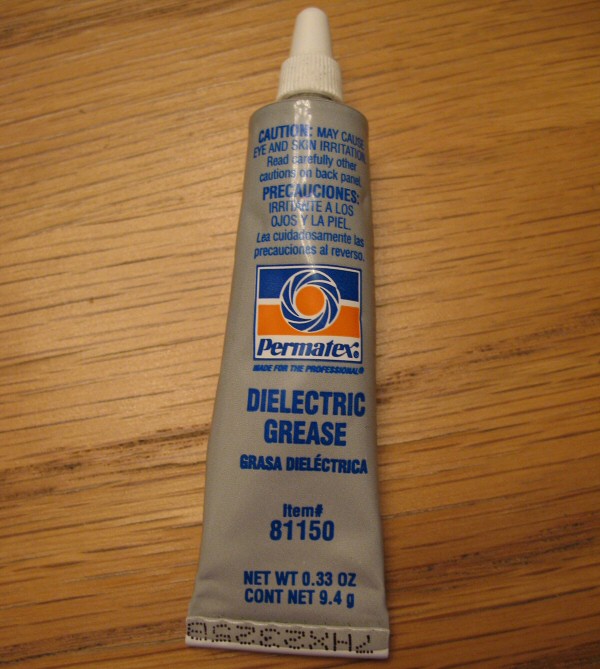
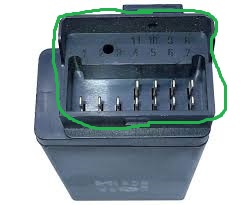

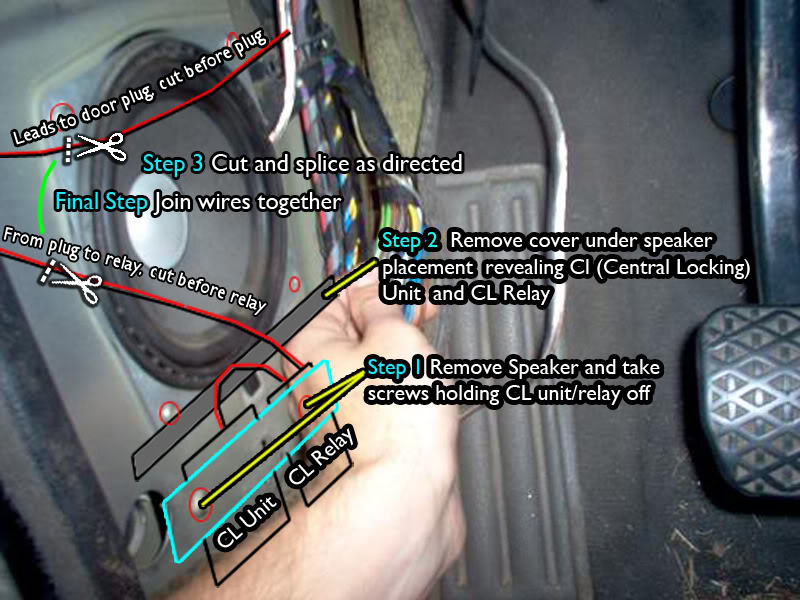


Top Notch DIY anyone could follow these instructions.
Fantastic resource.
Thank you!
[…] Two of most common E30 Central locking/Power locking issues and how to fix them […]
Thank you, thank you, thank you!!! It was indeed the fuse.
Fan @*#*tastic! I have a 1985 E30 in very good condition but having some electrical issues due to the Moisture / leak from sunroof. Therefore interior moisture. I have performed numerous issues from directives on your website. Even when the repair is best performed by a Tech. I need to understand what, why, where.
Example: Heater core – shop quote $1,600. I researched the replacement of the core and did it myself in less than 4 hrs.
I am a female (Father would not sign my Driver’s permit until he schooled me on his 1964 Jaguar E Type. Thanks to you and Dad I can afford to take a vacation.
Fantastic thank you. This advice is incredible
Fixed the fuse issue and it all works
My central locking had not been working for over 10 years apparently as previous owner I bought car off said it was broken and unable to be fixed despite having people look at it
Thanks again !!!!
Hi RTS, I think I have a different problem with my central locking – all four doors and trunk try to lock (all door locks move slightly) but don’t complete the locking. This is whether I try from driver’s door or trunk. Thoughts?
I just pulled the central locking unit. The fusible link is fine. When I try the locks from either the driver’s door or the trunk, I can hear a buzzing / rattling from the CL unit but the locks don’t actuate. There are two red and black wires running to the door plug so I’m assuming these are the two I shut cut and splice. However, one is a bit thicker than the other so I’m concerned that one may not be the correct one. Are they usually different thicknesses?
Thank you for these instructions. In my case, the central locking unit was audibly buzzing, while turning the key, locks not actuating. I suspected the unit to be the culprit first. However, as it turned out, the unit is fine and it’s the red/black wire mod, that fixed my issue.
you legend, had both issues, solved in 30 mins as opposed to all day. much love brother
Good article.
The purpose of the extra loop of wire through the door is for the optional cold weather package, which involves powering a lock heater when the handle is lifted. The feature is not present on many E30s but the wiring provision is there.
Is there anyway I can test my board inside the central locking unit for other issues. I dont see any issues with the fuse, but I was wondering how to test this to make sure it even works? Sorry, totally new to this.